Creating the Ideal Environment for Office Plants
Cultivating a space that supports healthy, thriving office plants involves more than just picking out a few favorites and placing them around the workplace. The ideal environment is shaped by a keen understanding of each plant’s needs and thoughtful integration into the office’s unique conditions. By fine-tuning the elements of light, air, moisture, and location, you can not only enhance the beauty of your workspace but also boost well-being and productivity for everyone who enters. This page explores the essential factors and strategies for fostering a flourishing indoor green oasis—transforming your office into a place where both people and plants can excel.
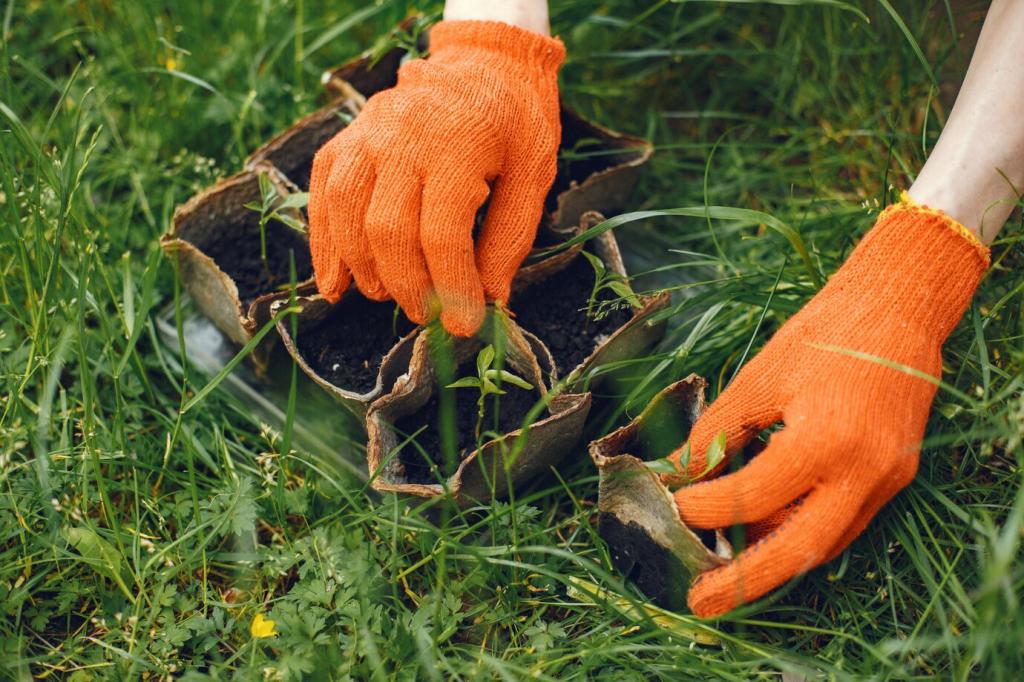
Controlling Temperature and Humidity
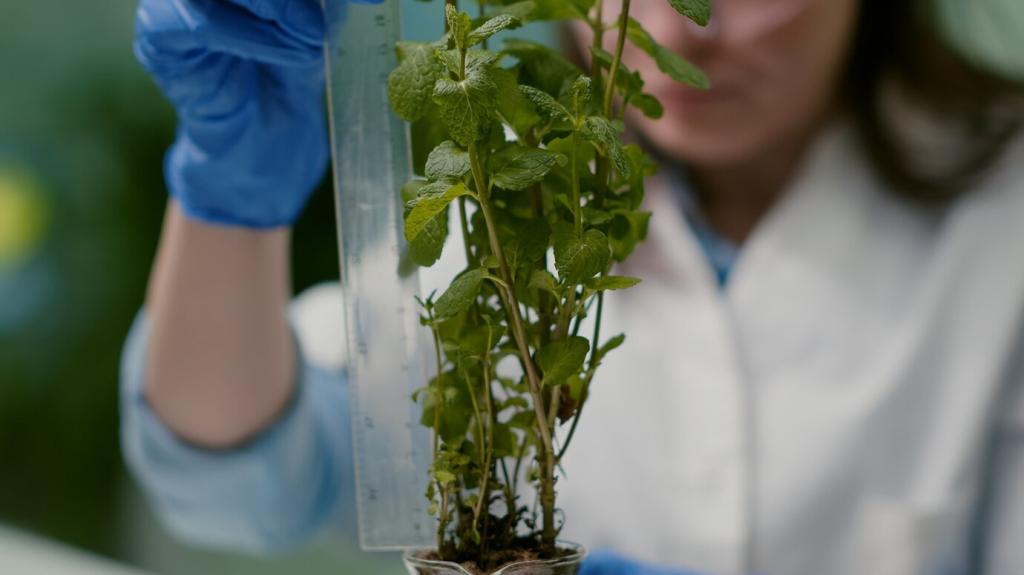
The Impact of Office Temperature Fluctuations
Prolonged exposure to drafts, air conditioning, or heat from office equipment may create microclimates that challenge plant health. Most popular office plants prefer temperatures between 65 and 75°F (18–24°C). Sudden shifts, such as a drafty corridor or air vent, can drop temperatures quickly and lead to wilting or leaf loss. Monitoring key areas and moving plants away from these potentially harmful conditions helps provide the stability they need to flourish. When purchasing or moving plants, gradual acclimation to the new temperature is crucial for reducing shock.
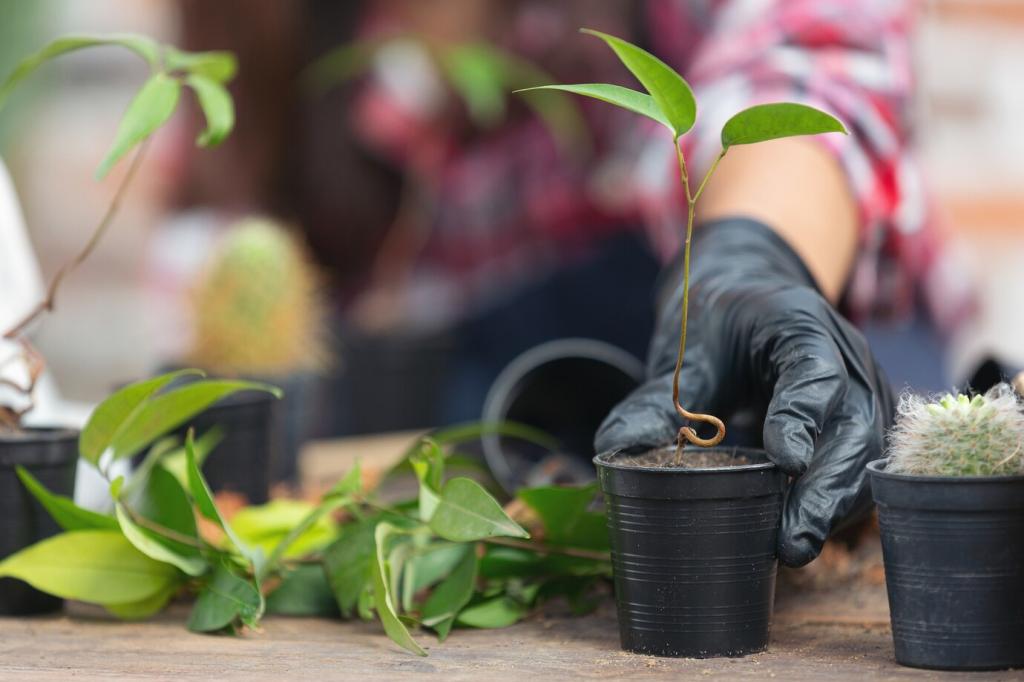
Addressing Humidity Needs
Indoor environments, especially in air-conditioned offices, often have much lower humidity than most plants prefer. Dry air can result in brown leaf tips and increased susceptibility to pests. Some plants, particularly tropical varieties, require higher humidity to thrive. Identifying these needs is the first step—placing humidity-loving plants together can create a microclimate, while some may benefit from regular misting. Alternatively, using pebble trays with water or discreet humidifiers close to plant clusters can support more consistent moisture levels without disrupting the overall office environment.

Climate Selection for Different Plant Species
Certain species are better suited to withstand the unique climate factors present in working environments. While many common office plants—such as pothos, ZZ plants, and dracaenas—are naturally resilient, others may falter if specific needs are overlooked. Understanding the origins and preferences of each species helps inform your choices. For example, cacti and succulents prefer drier air and warmer temperatures, whereas ferns and peace lilies may suffer without sufficient humidity. Matching plant types to your office’s inherent climate is fundamental in achieving a trouble-free, thriving green space.
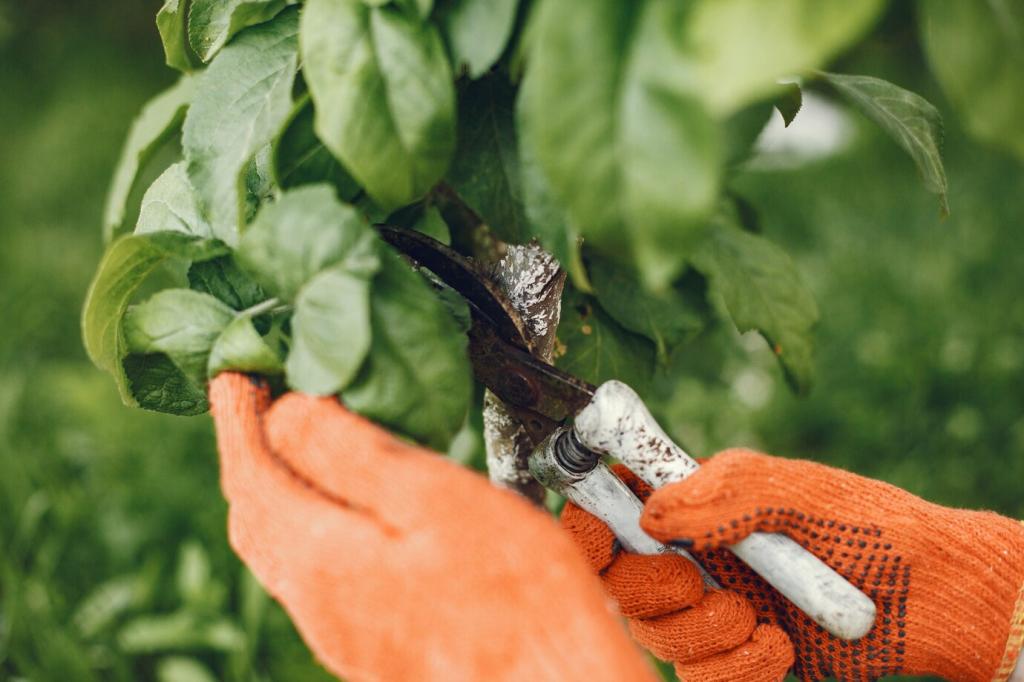
Establishing a Consistent Watering Routine
Every species has its preferred watering schedule: some need consistently moist soil, while others, like succulents, demand dryness between drinks. Overwatering poses a significant risk and is one of the leading causes of root rot. To avoid this, observe each plant’s surface soil and monitor pot weight—these small checks help prevent inadvertent flooding or drying out. Setting reminders or developing a simple watering schedule, adjusted for seasonal changes in temperature and light, can streamline care and ensure no plant is overlooked, even in bustling office settings.
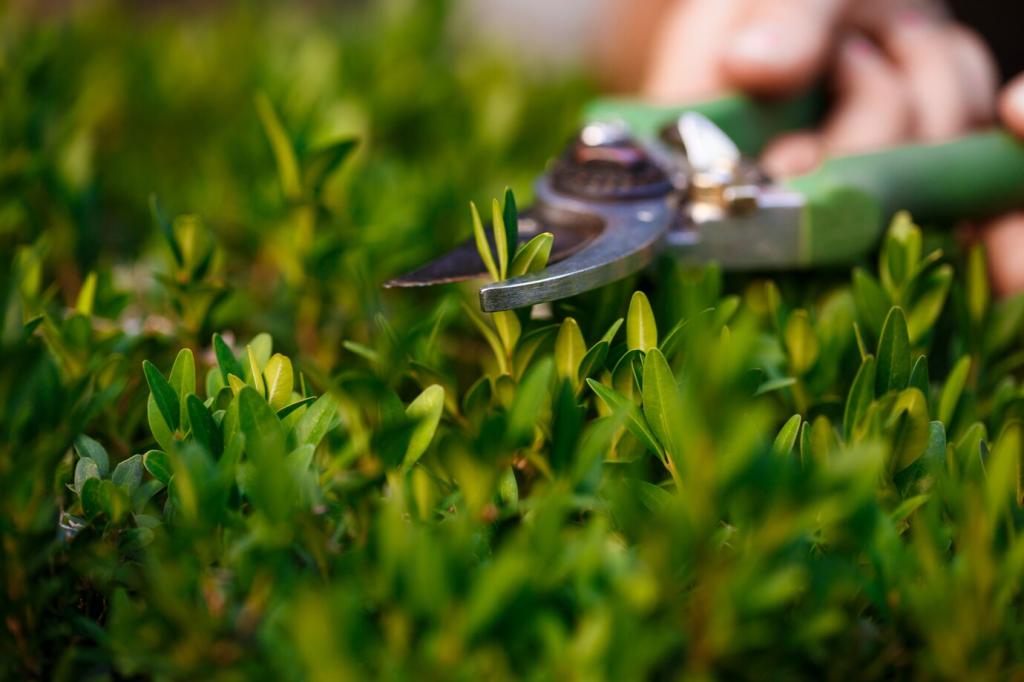
Selecting the Right Soil Mix
The foundation of every healthy office plant is the right soil. Different plants have unique soil needs—tropical varieties often benefit from peat-based mixes that retain moisture, while succulents and cacti require fast-draining, gritty mediums. The choice of mix affects root development, drainage, and access to nutrients. Using fresh, sterile soil when potting reduces the risk of pests and disease. Additionally, mixing in organic matter or slow-release fertilizers can create a nourishing, long-lasting base that supports robust plant growth in the more controlled conditions of an office.
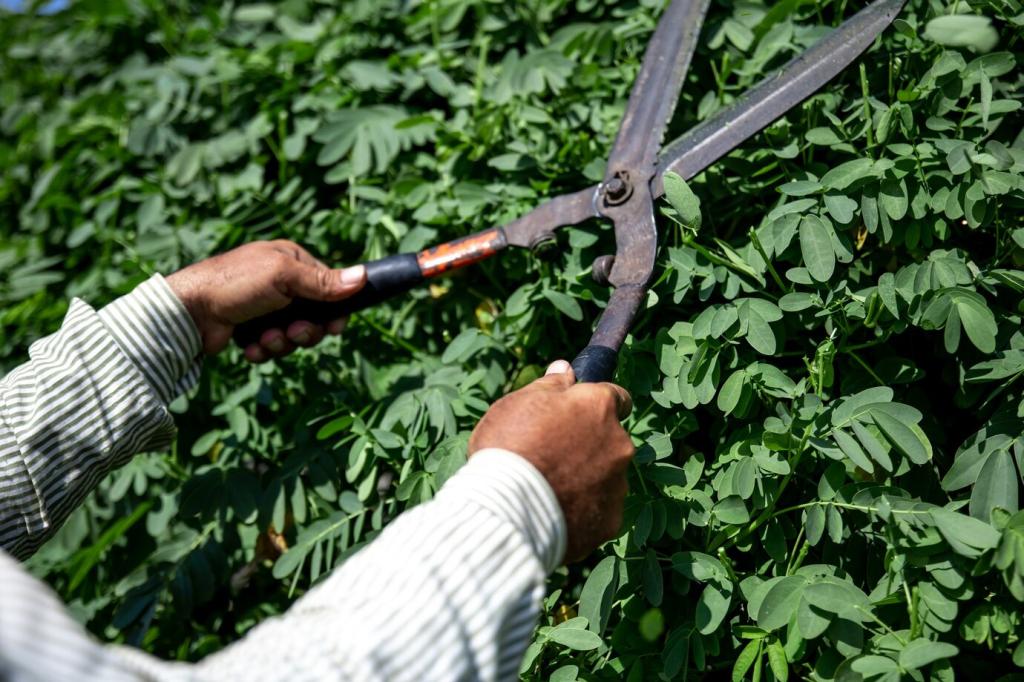
Ensuring Proper Drainage and Containers
No matter how careful your watering, poor drainage can quickly undermine even the healthiest plant. Containers should have drainage holes to prevent excess water from accumulating at the bottom, as standing water suffocates roots and encourages rot. Choosing pots with adequate drainage, and pairing them with suitable saucers or trays, allows for straightforward maintenance and minimizes mess in public work areas. Additionally, periodically checking pots for compacted roots or blocked holes is a simple but powerful practice that supports ongoing plant vitality and resilience.
Join our mailing list
